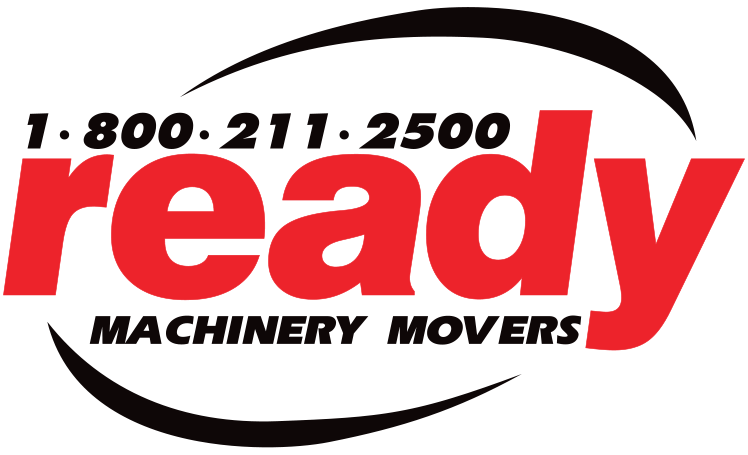Workplace hazards refer to situations that have the potential to cause injury or adverse health effects. They can hurt people or cause damage to equipment or the facility. Hazards are in every workplace – but that doesn’t mean they can’t be prevented or eliminated.
This blog post explores types of hazards, how to prevent them, and tips for reporting.
Types Of Workplace Hazards
Employers must identify and mitigate risks their employees may face by carrying out a full risk assessment. You can better prepare to prevent accidents and injuries by identifying potential risks.
Here are the five most common workplace hazards:
- Safety hazards: Safety hazards can affect all employees, but they are more common among those working in machinery or construction. Safety hazards include trips, slips, falls, machinery, and electrical hazards.
- Biological hazards: Exposure to dangerous substances and diseases with animals, people, or infectious plant material. These can affect people who work in labs, hospitals, or various outdoor occupations.
- Physical hazards: Staff who work under extreme weather conditions or in harmful environments with continuous loud noises, radiation, or ultraviolet rays are most at risk.
- Ergonomic hazards: Those who work in environments that strain their bodies can face ergonomic issues. Roles that require lifting or sitting for long periods can cause damage to the body. Staff members that use improperly adjusted workstations or have poor posture are at risk of injury.
- Chemical hazards: Workers who are exposed to chemicals, liquids, solvents or flammable gases are at risk for chemical hazards. Exposure to these chemicals can cause skin irritation, breathing problems, and illness.
Tips For Preventing Workplace Accidents
The 2021 Report on Workplace Fatalities and Injuries stated that 590 workers in Canada died due to occupation-related diseases in 2019, while 335 also died that year due to workplace injuries, for a total of 925.
Here are some basic tips for implementing or reviewing at the workplace to prevent workplace accidents.
- Remain alert on the job while performing duties so you can focus on what you do and how others work.
- Follow the dress code and wear appropriate safety gear and protective equipment.
- Be an active listener and participate in energy drills so you know how to act in the event of an emergency.
- Never say yes to a high-risk job that you have not been trained for; it will expose yourself and others to dangers.
- When you are unsure, ask questions.
- Never do anything that puts your health and safety at risk – your health and safety is the top priority.
- Repair damaged floors that could cause someone to trip and keep hallways clear of clutter.
- Be aware of electrical hazards, such as too many items plugged in at the desk. Consider investing in an uninterruptible power supply to protect computers and power spikes.
- Keep a well-stocked first-aid kit and offer first aid training to staff.
